Antinomic Biotope
The idea for the Antinomic Biotope was developed in collaboration with the Galerie für Landschaftskunst, as a part of the project Four Proposals for the Port of Hamburg on the Basis of the IBP – Integrated Management Plan Elbe Estuary, Released in 2012 by the Free and Hanseatic City of Hamburg / State Ministry for Urban Development and the Environment, the State of Lower Saxony / Lower Saxony Water Management, Coastal Defence and Nature Conservation Agency, the State of Schleswig-Holstein / Ministry of Agriculture, the Environment and Rural Areas, the Waterways and Shipping Directorate North and the Hamburg Port Authority.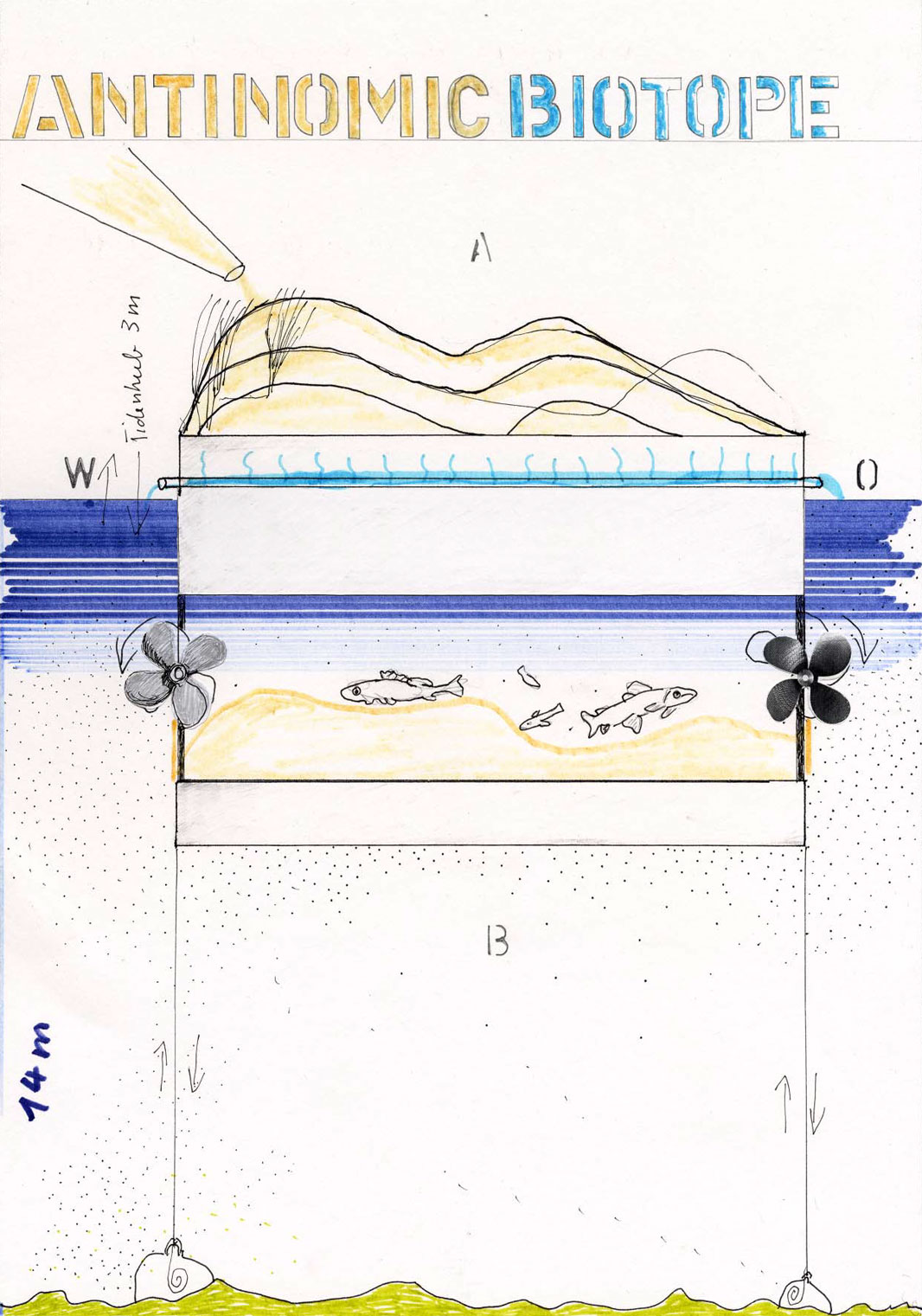
1
Ecological compensation measures in the port of Hamburg are generally marked by contradiction, because the habitat needs of the self-developing animal and plant worlds were not considered in the scope of the technical designing of the area. Any kind of autonomous development has been systematically halted, resulting in an environment hostile to life, especially for aquatic species. Here, there is neither the space nor the time for the self-recovery of nature. It is for this reason that the ecological compensation measures must be of a technical nature. The artwork Antinomic Biotope picks up on this fundamental contradiction in multiple ways.
The Antinomic Biotope, a floating dune and shallow water combination, explores the topic of the substrate sand as a habitat. Sandy shallow water zones in a river bed that does not fall dry and dunes on the shore are valuable types of habitats, which at one time were a common phenomenon in the Hamburg port area, but today exist only rudimentarily. The landscape elements of the dune and shallow water zone are featured on two levels in an installation: on top of a ponton there is a dune, hanging underneath it a floating riverbed. The installation is autonomous and mobile, and by altering the location it can adapt to the requirements of an environment geared toward the laws of the port industries. Both in the dune and in the shallow water components of the Antinomic Biotope, sand deriving from Hamburg’s sediment-processing plant METHA could be used. When one observes the model of the Antinomic Biotope in its entirety, then the most obvious inherent contradiction becomes apparent: the combination of the areas above and under water. Under natural circumstances, where there is a dune there cannot be a shallow water zone underneath. Here, it is the idea of having as much habitat as possible on the smallest possible surface area that takes centre stage. This, consequently, requires a considerable amount of additional technical effort. The shallow water zone, for example, is shaded by the dune and must therefore be supplied with artificial daylight.
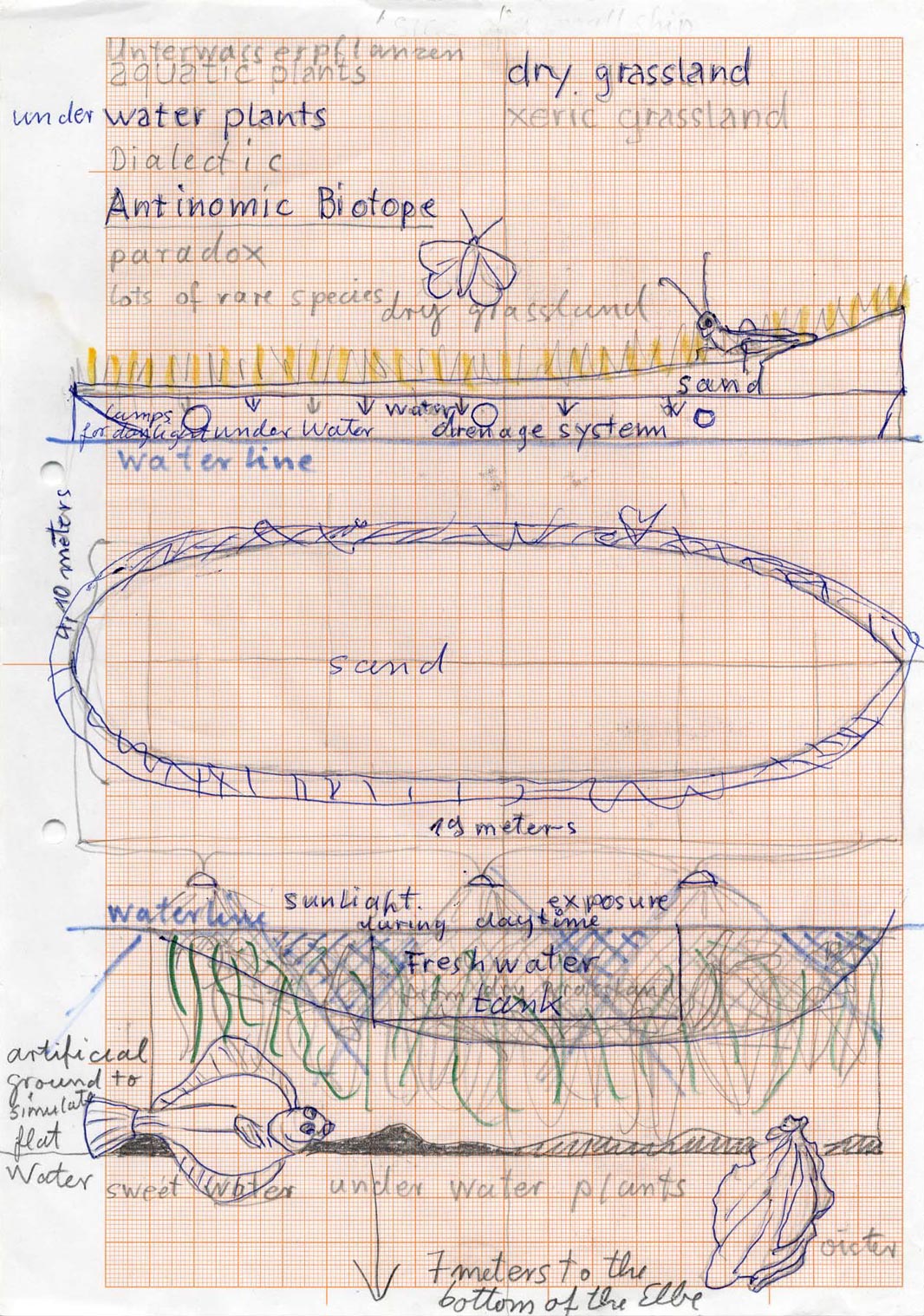
2
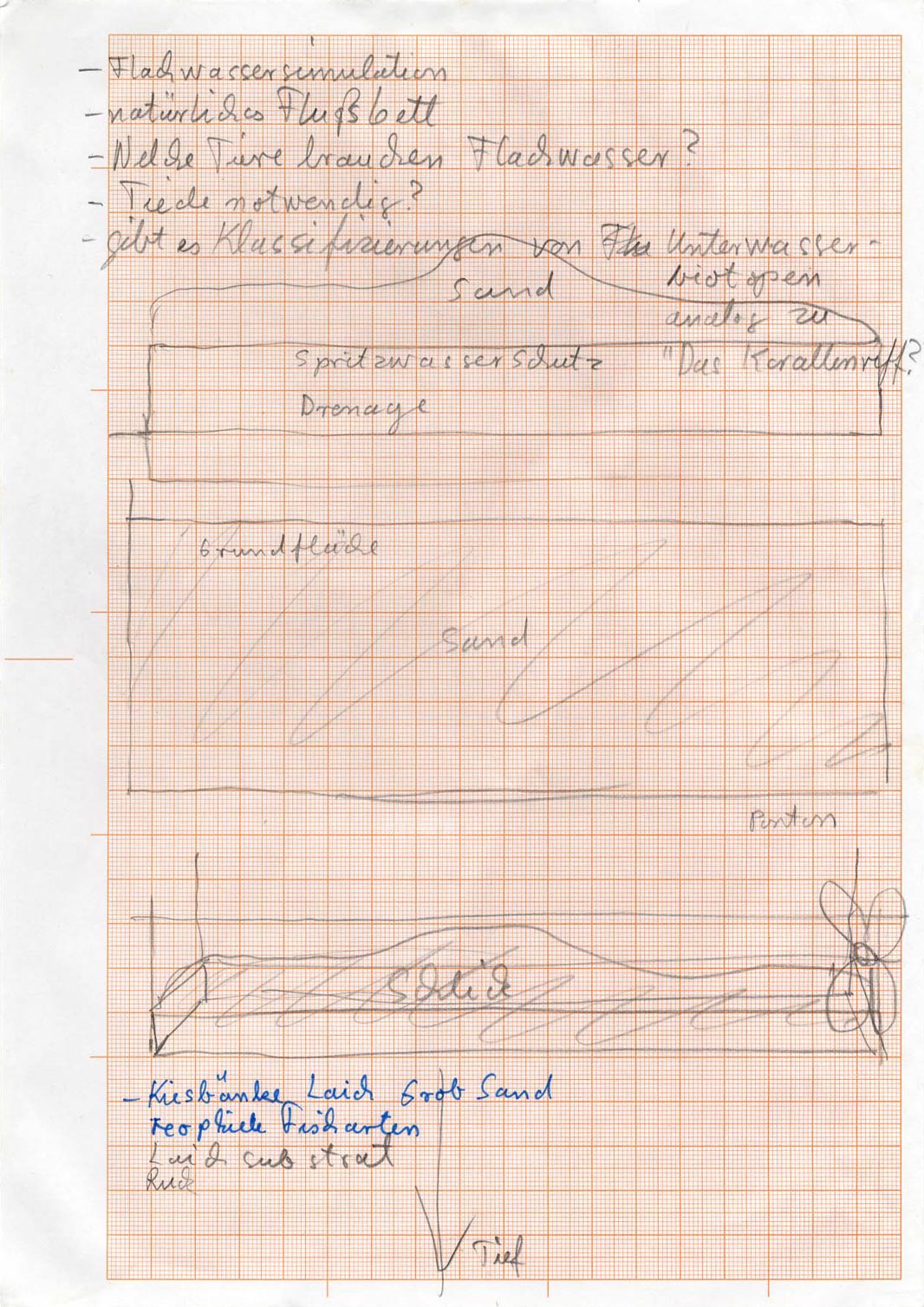
3
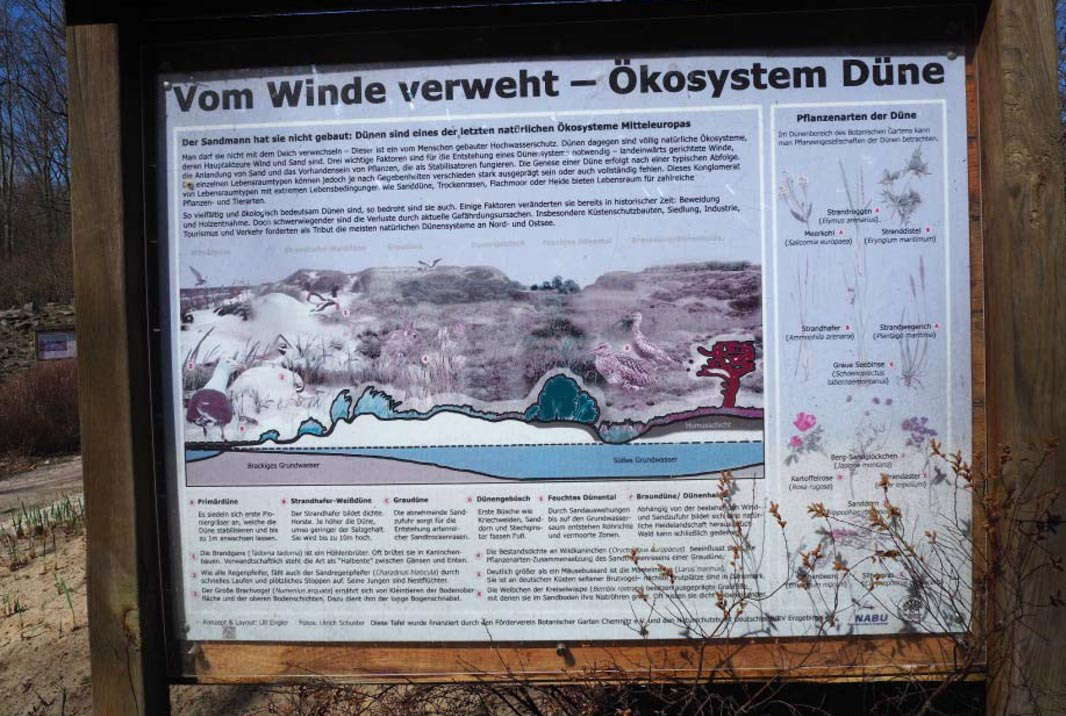
4 Explanatory panel in the Chemnitz Botanical Garden on the structure of dunes
The two conceived areas are each inherently contradictory, as well. A dune is a dynamic landscape element that would develop on the shore of an estuary based on the interplay of the current, wind, sand and plants, if this were not inhibited by the interference of human regulatory measures. Dunes don’t float. Though they are mobile, in a sense, they move very gradually and not necessarily to places humans want them to be. On the delimited green area surrounded by water, the nomadic dune becomes sedentary of necessity, as it were. Erosion is artificially compensated and sand is regularly replenished. The herbaceous vegetation which, in natural succession, would lead to the development of a grey dune and thus to a relatively stabile formation must be cultivated, maintained and certain weeds removed. In order to create a habitat in which the right plants can thrive and which provides a refuge for rare locusts and butterflies, the blue-winged grasshopper, for example, an excessive input of nutrients must be avoided and, above all, a well-functioning drainage system must be installed. Here, the dialectic of control and self-development becomes apparent, which is inevitable when it comes to constructing a technical biotope in a technology-based environment. Without humans, nothing thrives, nothing grows here, which is why in botanical gardens, for instance, one would speak more of the representation of plant societies than the establishment of biotopes.
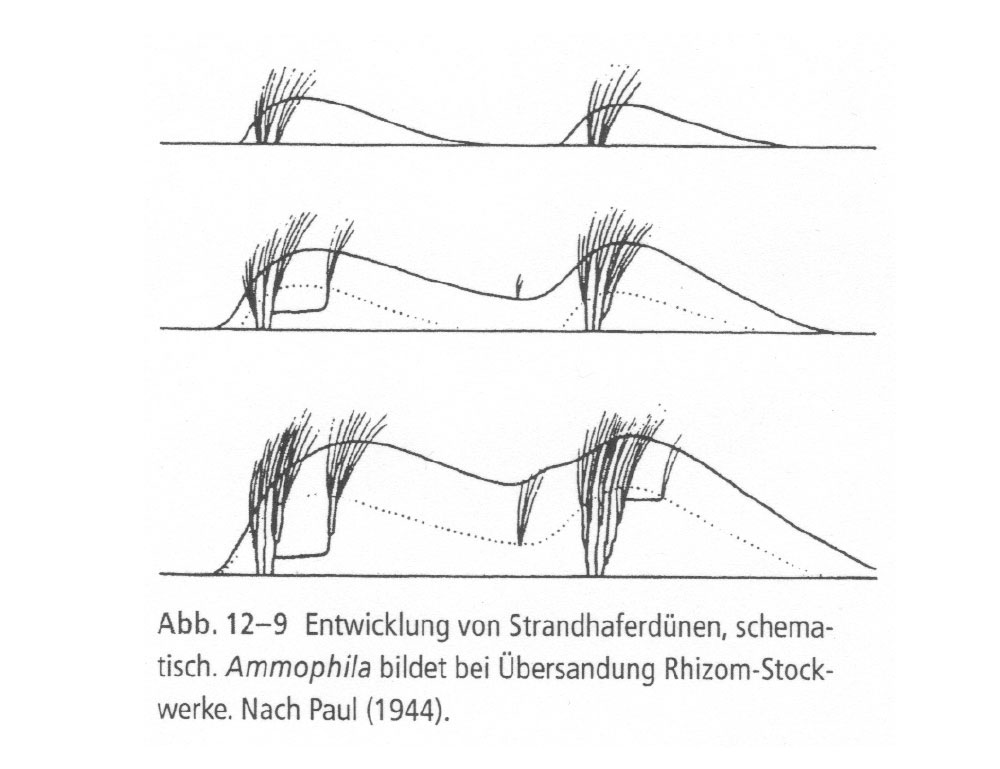
5 Source: Heinz Ellenberg “Vegetation Mitteleuropas mit den Alpen“
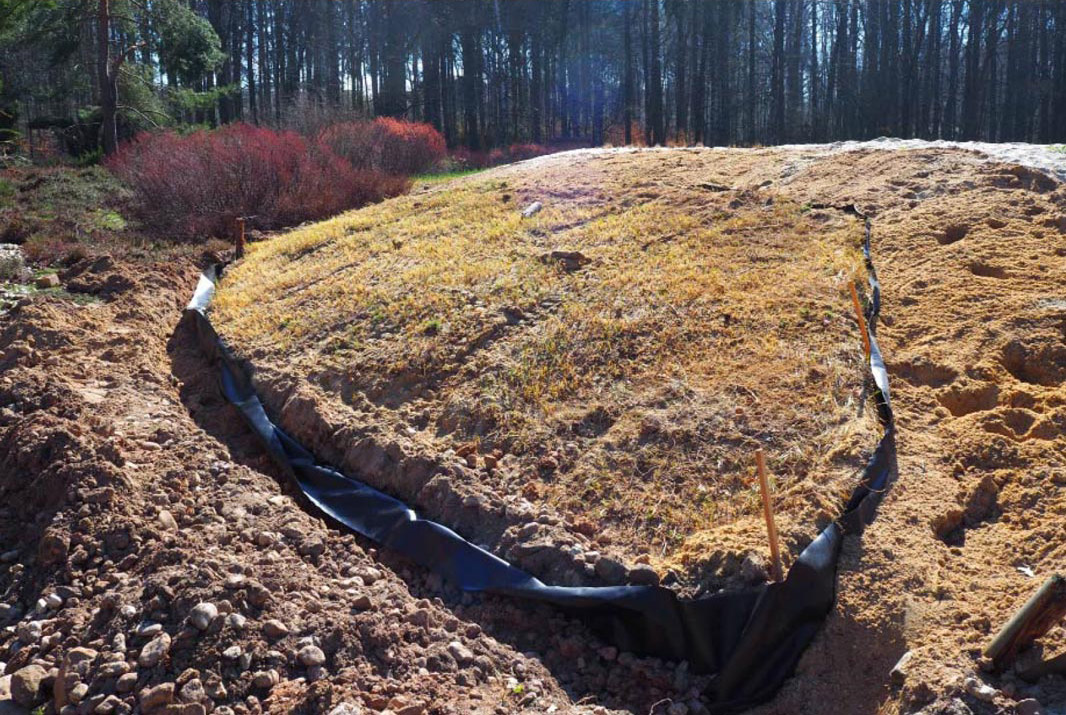
6 A weedy grey dune is re-established and provided with a rhizome barrier, Chemnitz Botanical Garden, 29 April 2019
Even more difficult than the installation of the land component is the technical construction of the underwater area. Here, a shallow water zone with oxygen-rich water and pure sand is supposed to be developed, as a habitat for fish that like the current and spawn in places like these. The floating riverbed is intended as an area of refuge and recovery for fish that need to traverse the port area on their way from the upper reaches of the Elbe, via the Tideelbe (Tidal Elbe) to the North Sea. The shallow water area needs to function independent of the tidal range and must not fall dry. This is given through its fixed attachment under the float of the sandbank. The entire installation is flexibly mounted to mooring posts. Despite the three metres of tidal range at the docking point, the distance of the artificial riverbed to the water surface remains the same. Yet mounting it underneath the sandbank not only has the disadvantage of shading. The tub in which the substrate lies preferably must prevent the sand from being washed away; however, the installation must be easily accessible and inviting for fish. Another technically sophisticated aspect is the task of hindering sediments from depositing, because the natural opponent of sand in the port area is silt. The past operations of deepening of the Elbe have led to an enhanced tidal range. As a result, suspended matter settles on the riverbed, increasing the siltation process. Counteracting this through marine turbines installed in the direction of the current that maintain the current and thus inhibit sedimentation whenever required, is a conceivable strategy.
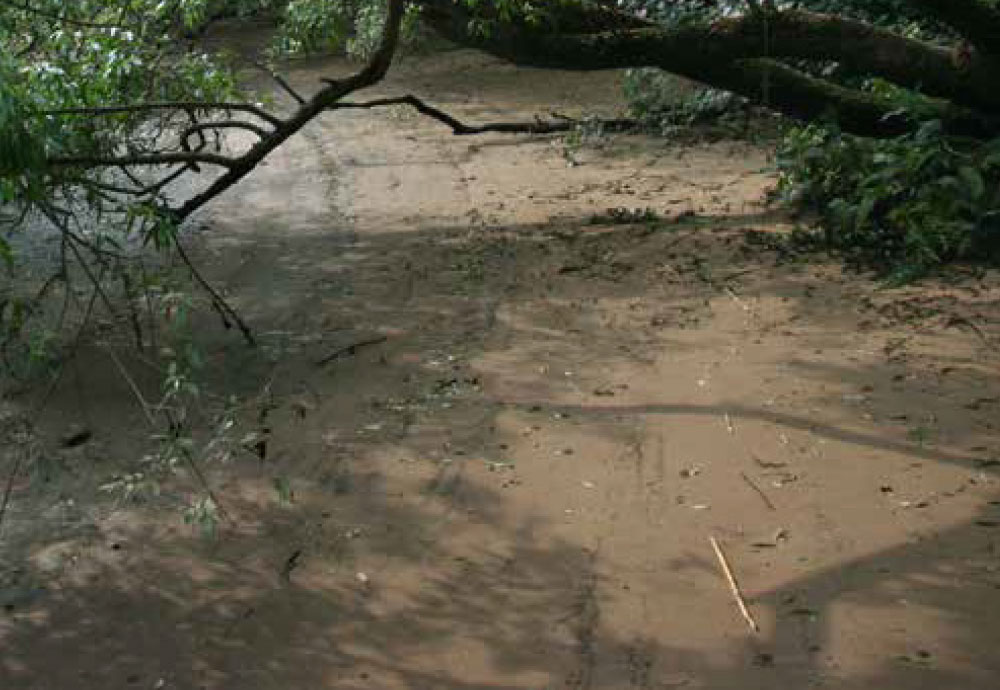
7 Sandy shallow water zone, source: Feasibility study “Schwimmende Landschaften”, STUDIO URBANE LANDSCHAFTEN
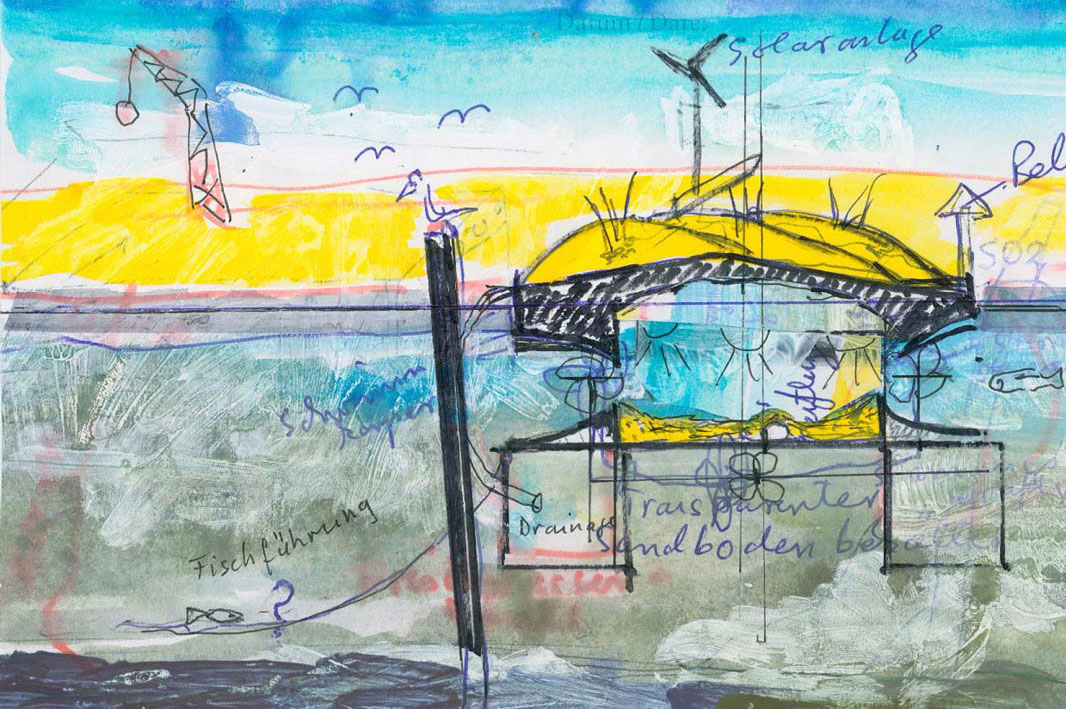
8 Resting zone and spawning ground for fish in the underwater area of the Antinomic Biotope
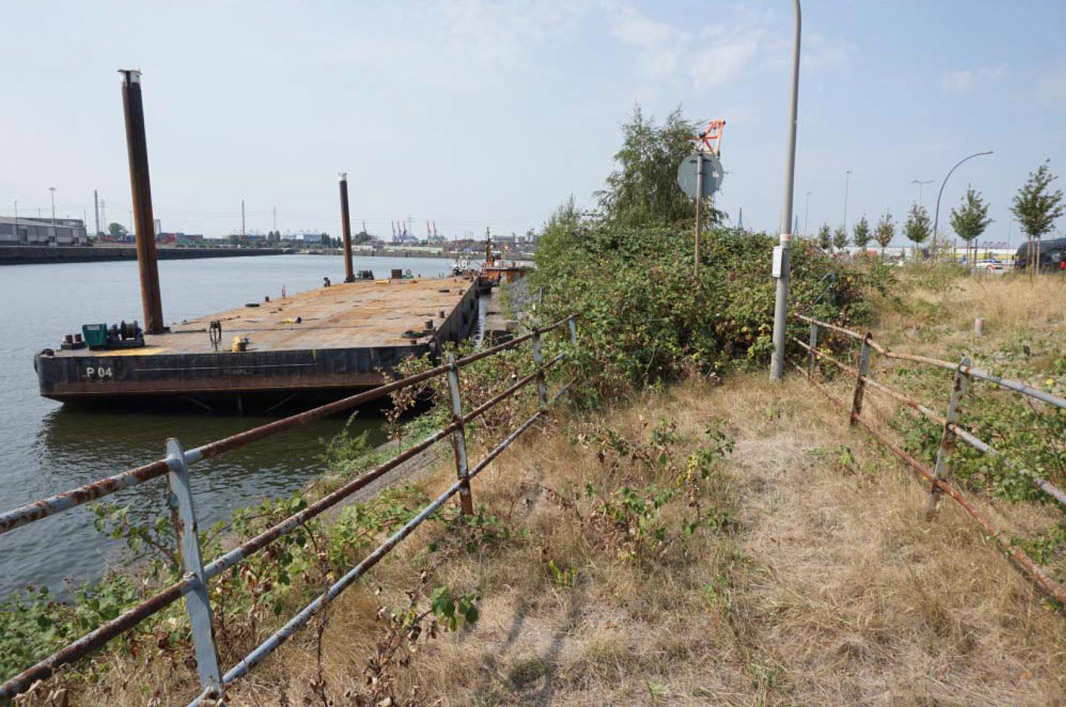 9 An interesting location for the Antinomic Biotope is the Ellerholzhafen in Hamburg, where it could interact with dry habitats on the shore.
9 An interesting location for the Antinomic Biotope is the Ellerholzhafen in Hamburg, where it could interact with dry habitats on the shore.
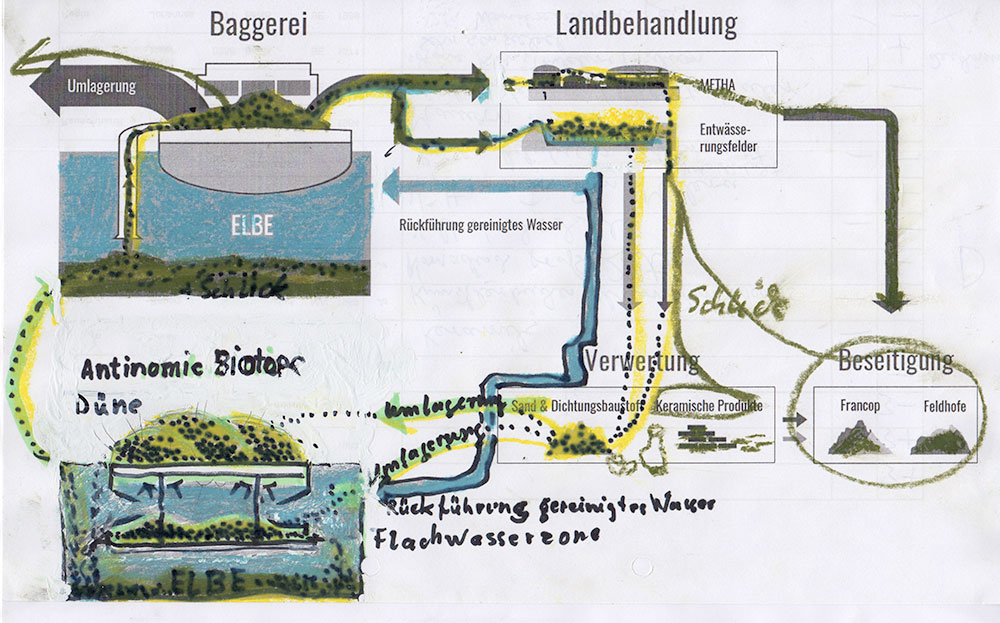 10 The Antinomic Biotope could complete the substrate cycle (silt, sand) in Hamburg harbour.
10 The Antinomic Biotope could complete the substrate cycle (silt, sand) in Hamburg harbour.
Ill. 7, photo: Katarina Bajc
Ill. 9, photo: Till Krause